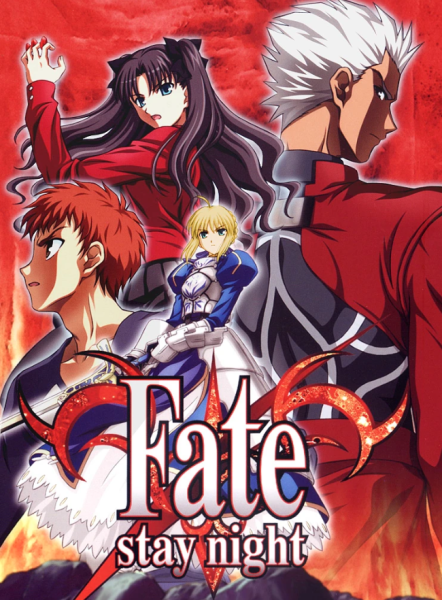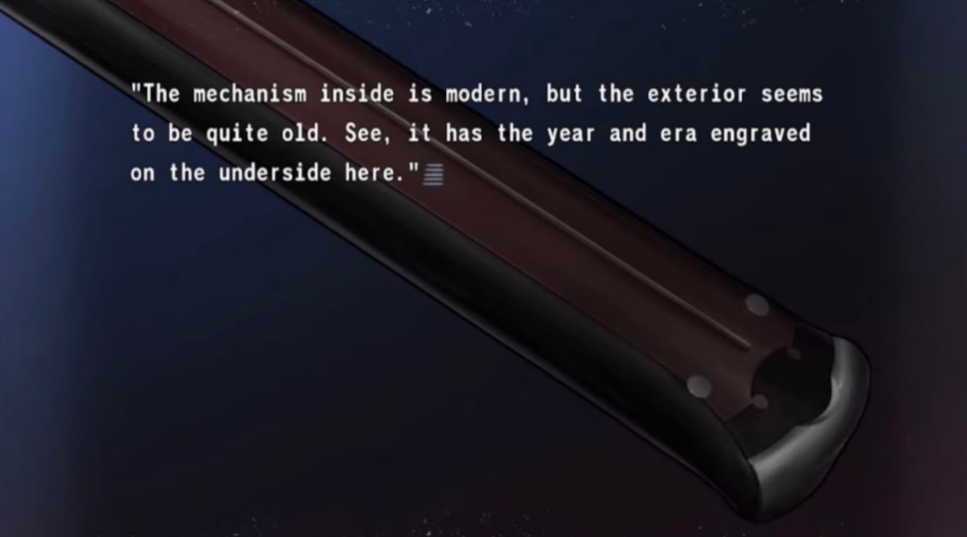It’s a shame visual novels aren’t as popular as they should be. For the uninitiated, visual novels are what you get when you mash together games, books, and movies into one unholy amalgamation.
Dialogue and narrative text spill out from the computer screen, accompanied by music and background art. In some, the reader is able to make decisions in-game that impact the plot in major ways, like in a choose-your-own-adventure novel. In fact, due to their branching story structures and skillful use of player choices, particular visual novels are able to do much more than possible with conventional storytelling. Most notable in their ability to push these boundaries of storytelling are the early works of former indie group (and now sprawling corporation) Type-Moon, like its breakout novel Fate: Stay Night and its lesser-known sibling, Tsukihime.

Both are split into routes: alternate paths the story can take based on small choices in the beginning. Each one focuses on one particular character and is read in a linear, successive order. The first route is typically a traditional story of a hero overcoming obstacles to defeat evil, intentionally left underdeveloped with glaring plot holes and characters with unclear motivations. However, the payoff when those holes are filled is immense. As the story is re-read in the second route, the truth about mysterious characters is peeled back and the traditional plot is completely derailed, forcing the main character to confront his worst aspects to re-emerge as a better person. Following routes utterly uproots most of the plot beyond the prologue. Anything can and will happen, and the ideas introduced in pathways routes are explored. The reader’s prior assumptions about the story are completely overturned, and they are left to watch a brand new story reimagine the themes of the old to take them to new heights.
What makes the intrigue of every new route stick is the fact that the concept of “plot armor” does not exist in these visual novels. Bad endings lurk around the corner of every decision you make, vastly outnumbering good endings. If the reader isn’t careful, an ignominious death can spell the premature end of a grander story, forcing them to pay attention to the story and sometimes even make inferences about its themes (Yes, literary analysis is a game mechanic.) Some bad endings don’t end so quickly though, and they provide chilling finales to a story of your flawed choices—not cut short, but instead taken to their natural conclusion. Because of the existence of these bad endings, the reader has something to worry about when danger erupts and needs to think through their decisions. This “true” danger serves to strengthen the impact of the reader’s choices, tying their emotions with the protagonists’ to reveal the very human fears driving them.
These departures from traditional storytelling allow the writers of Type-Moon visual novels to use every scene in their stories to its fullest, turning seemingly mediocre and uninteresting premises into moving stories that continue to define their genre.


